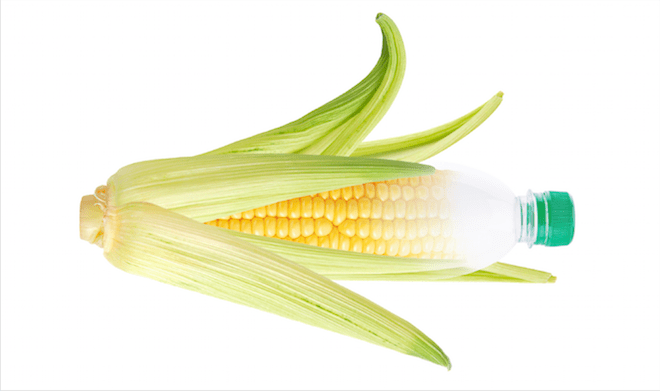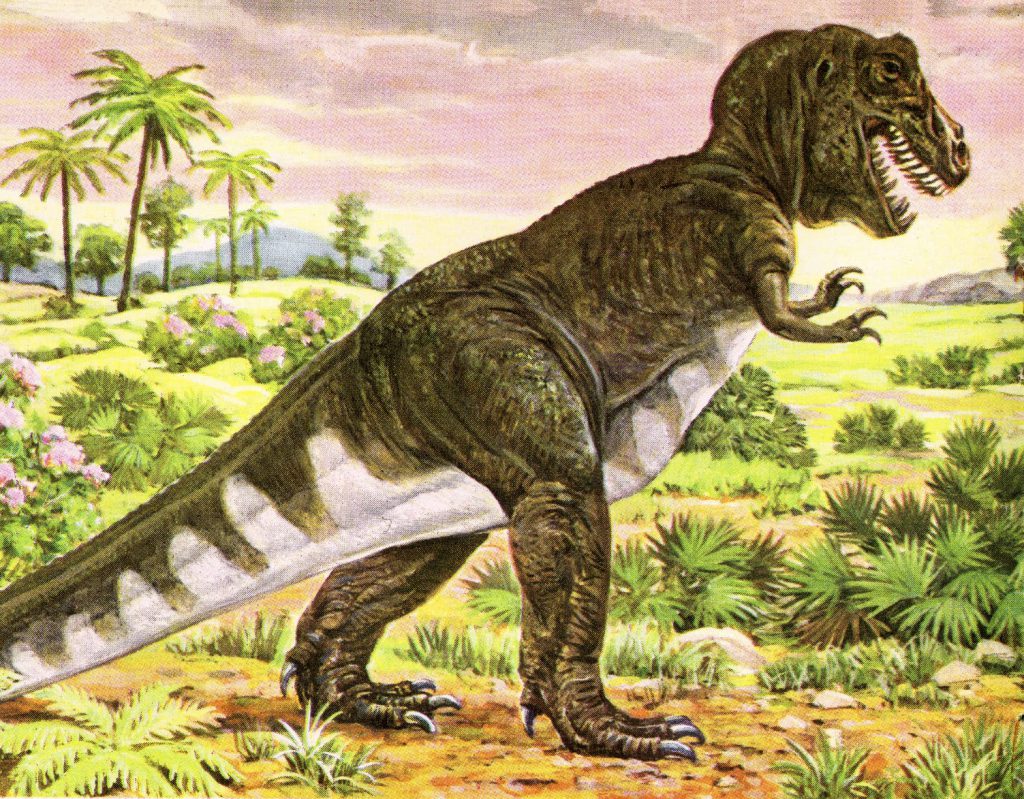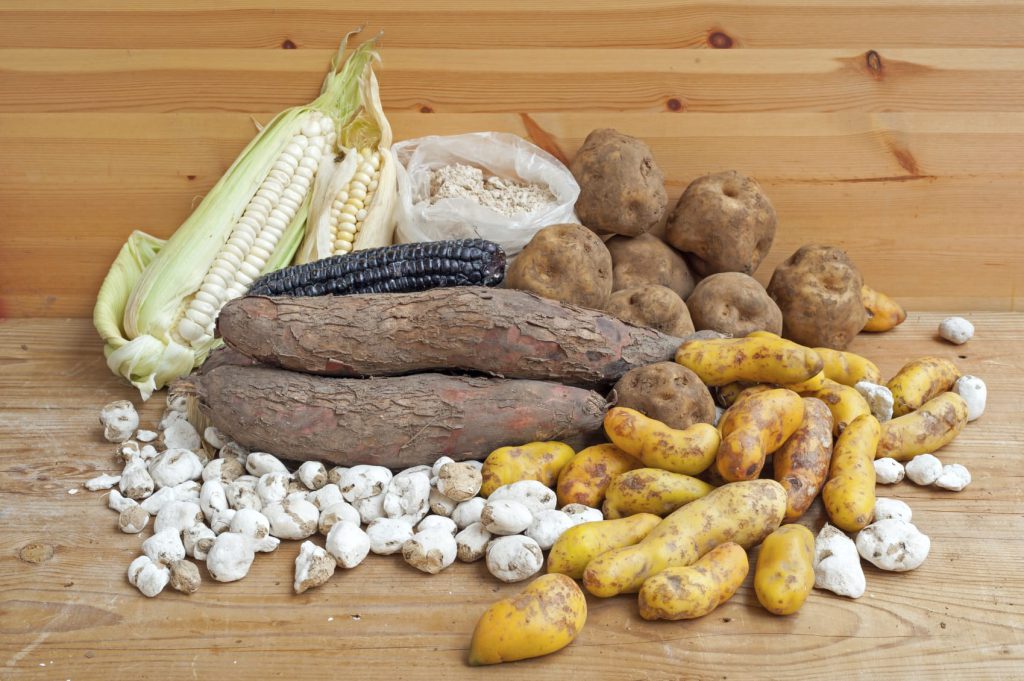It May Sound Corny, but (Bio)Plastics are the Future!
March 31, 2016

Take a second to look around you. You probably saw at least a dozen different plastic products, everything from computers to toys to office supplies to flatware and everything in between. There’s no denying that plastics are a vital part of our modern life.
The problem is that plastics require dense carbon molecules, and those carbon structures mostly come from petroleum. Or as we like to call it: dinosaur juice.

Today: King of the dinosaurs.
In 75 million years: 5,000 soda bottles.
The problem is that many petroleum plastics aren’t biodegradable. Fortunately, times are changing. It turns out that there’s another source of dense carbon molecules, and they look like this:

Vegetables: good for you AND your product!
Bioplastic uses carbon from things like corn, potatoes, rice, wheat and even wood fiber. The result is plastic that’s made using a renewable resource. And if you’ve ever driven across the Midwest or Great Plains, you know there’s plenty more corn. With the right tweaking, many of the bioplastics can be biodegradable, giving you a nice one-two environmental punch.
With improving technology, lower costs, and more green company initiatives, the bioplastic industry is only going to get bigger. In fact, Allied Market Research estimates it’ll be a $30.8 billion industry by 2020.
At Ernest, we think this is great news. We’re all about stretching the boundaries of packaging materials (just look at our Cardboard Chaos videos), and bioplastic is a fantastic way to do that.
The best place to start is with packaging design. A good packaging design will be as sustainable as possible while still giving you the best protection and presentation of your product. Contact Ernest Packaging Solutions today to learn how bioplastic may be the strength your package needs.


